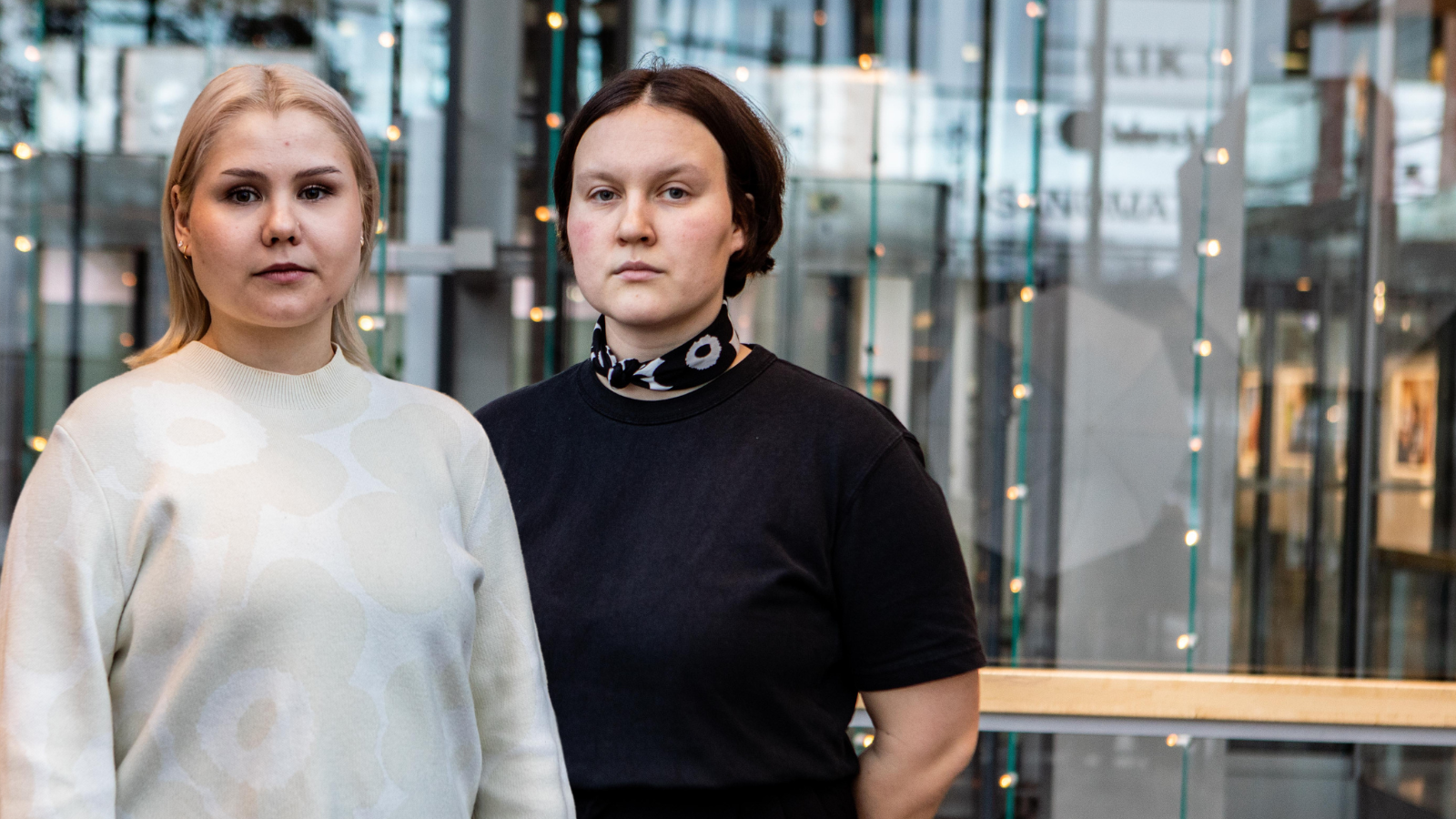The Ministry of Education and Culture has published a report, which includes a proposal for changing the funding of higher education institutions. From the perspectives of universities, this proposal would entail that in the future, 2% of state funding would be determined based on quality employment. In euros, this would mean approximately 32 million euros (2016) per year.
The employment of graduates is already considered in university funding. Because of how it is calculated, the current situation is not, however, the best possible. Out of state funding, 1% is granted based on how many students in total are employed a year after graduation. This makes no separation of what kind of employment it is – it does not matter whether the person who has completed a second cycle higher education degree is employed as a researcher, consultant or cleaner. Not even entrepreneurs are considered in this.
The underlying thought of the report is both to keep graduate employment in the agenda of HEIs, but also to develop the calculations so that they better measure the competencies education provides. So, the principle is very good or even great. SYL has long lobbied for quality employment to be considered. From the perspective of the student, it is relevant not only that studies are smooth, but also that they can find employment afterwards. We are very happy that the Minister of Education has taken steps to improve this.
What we at SYL are most concerned about is how employment is measured. The report published proposes that the funding criteria should be based on specific results from the master’s monitoring of the network Aarresaari. The career survey is an extensive survey, which is carried out five years after graduation among persons who have completed a second level degree at a university. The survey results are rather interesting and extremely useful for universities for developing teaching and support services. (The results from the most recent survey will be published in May, which you may want to note.)
Despite its usefulness, the results of the career survey for master graduates on their own are a somewhat rickety ground for evaluating quality employment, particularly from the perspective of funding. The working group who wrote the report had an alternative solution for career monitoring up to the very last moment. This alternative would have included also statistical information about what work graduates have found after graduation as a funding criteria.
According to the international ISCO standard, the professional classification of Statistics Finland provides very extensive and easily separated information about graduate placement on the labour market. In practice, those with a higher education degree are assumed to find such work that they are classified as directors, experts or advisers. The principle is simple, but the classification used by Statistics Finland is notably more detailed and possible to separate than it might seem at first glance. The classification is constantly updated, which makes it possible to consider the constantly changing titles used on the labour market.
These two systems are both very useful. Combining them would create a more balanced funding indicator, which would a fair indicator for an extremely complex phenomenon. The subjective evaluation of the master study would align nicely with the objective and statistically sounds monitoring by Statistics Finland.
SYL together with Akava submitted a statement to the report, through which we wanted to make it publicly known that the group long discussed the advantages of using two different ways of measuring. Measuring quality employment is a hefty leap forward in the steering of higher education funding. Let us hope that it will also be implemented in the best way possible by combining the survey and sound statistical data.
Tapio Heiskari,
SYL Education Policy Adviser




